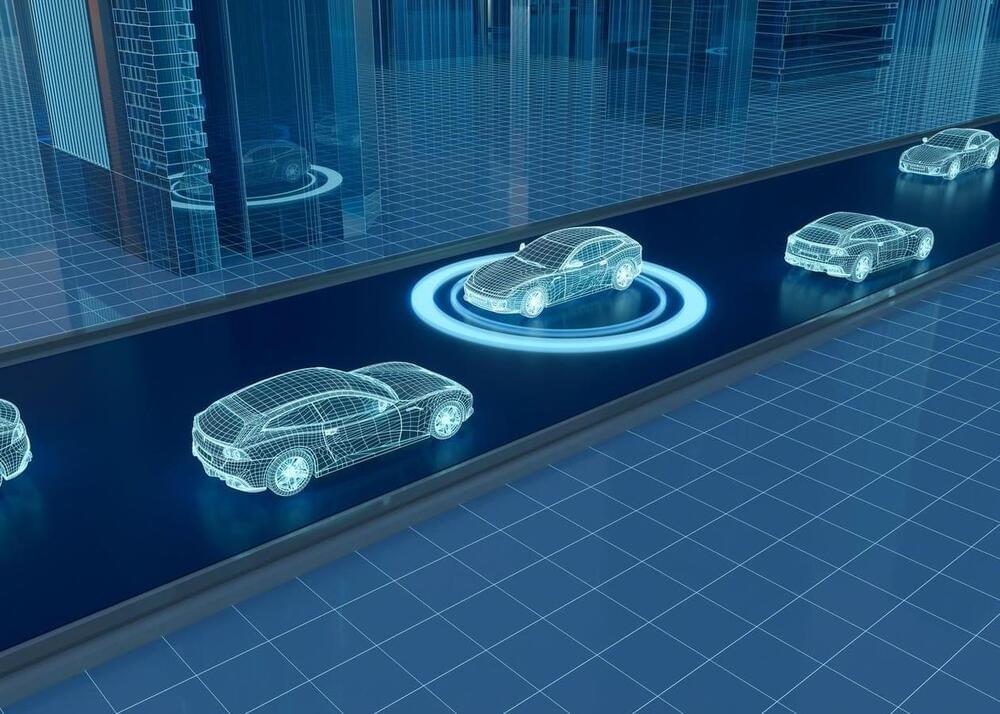Companies currently rely heavily on simulations to ensure that new versions meet a wide range of requirements. AV 2.0 systems are more sensitive to differences between real-world data and simulated data, so simulations need to be as realistic as possible. Instead of using hand-built 3D environments and pre-programmed vehicle behaviors, future testing will need to use advanced machine learning techniques to create highly realistic and scalable simulations.
It’s crucial for car manufacturers and the wider vehicle industry to adopt AI technologies in their development processes and products. There’s enormous potential for improved autonomous driving capabilities, better interaction between humans and machines and increased productivity for developers.
Just as software revolutionized many industries, AI is set to do the same—but even faster. Companies that quickly embrace these technologies may have a first-mover advantage and the chance to set industry standards. Those that delay may quickly fall behind, as their products will lack features compared to competitors.
